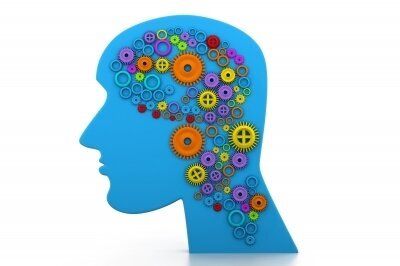
*Neha Kinariwalla [2014] is doing an MPhil in Modern Society and Global Transformations at the University of Cambridge, with the support of a Gates Cambridge Scholarship. Image courtesy of ddpavumba at FreeDigitalPhotos.net.
What's the best way to ignite change in medicine? It's a complex question with complex answers, but forgive my somewhat trite and very Zen phrasing when I say "change comes from within". I believe there are few better places to bring about change in medicine than within the hospital/medical setting itself. Peeking into the profession from the outside proves to be difficult; it's hard to challenge the experience of doctors, nurses, health professionals and patients. But what if we target physicians, patients and most importantly medical students in ways that change the way they see their profession? Rather than continuing with rigid ways of studying, what if we teach through sharing knowledge and resources more widely?
Untapped resources in the university setting
Let's step back and take a look at our universities. In a single institution, there are massive amounts of resources. Every discipline is there for the asking, experts in practically every field, peer-reviewed literature at the tips of fingers, and then there are the students - hundreds of thousands of students who are revving to delve into their fields and use what they've been learning.
Doesn't this look like a hotbed for social change?
Educational facilities-- check. Manpower-- check. Resources and interest--check and check.
Yet what a majority of college and medical school social change clubs tend to do is simply link to external organisations and volunteer or fundraise. This is not to minimise the importance of these clubs; the experiences that the students collect are no doubt invaluable. But it seems like a key link seems to be missing. Academics. Merging academia with social responsibility is a synergistic relationship that has scarcely been explored.
There have been pilots of this sort of work. Just recently there was an article on a collaboration between the New York Academy of Art and the city's medical examiner's office to give faces to unknown individuals who met brutal deaths and whose skeletal remains were found on the streets of New York. In 2013, UCSF medical students were highlighted for editing Wikipedia pages for medical school credit. But we shouldn't stop there. There is an opportunity to tackle an issue that has been hotly debated and is difficult to conquer. The issue of stigma in health.
Social stigma is the hidden burden of many, if not all, illnesses and can lead to limited access to health services and shame patients into avoiding treatment of curable disorders. The repercussions are huge. Take mental health, for example. An estimated 3.8 million people in the United States live with untreated mental illness in any given year. This includes around 40% of people with untreated bipolar disorder and 51% for untreated schizophrenia. And the consequences of this are, of course, extreme. According to the National Institute of Mental Health, 13,000 suicides are committed each year by adults in the US with untreated schizophrenic, manic or depressive symptoms.
There is serious power in using education to reduce the effects of stigma. A study conducted in 2003 analysed the efficacy of intervention with young people aimed at increasing mental health literacy and found positive attitude scores rose significantly after a short educational workshop.
More accessible information
Educating the public on the underpinnings of mental illnesses can have a tremendous effect and can reduce many preventable tragedies that the world faces today. And medical students are the perfect people to do it. Students serve as the ideal link between the "lay-man" and the world of pure academia as they themselves are amidst the transition. What if they translated that hard-to-understand peer-reviewed literature to make it more accessible? Not only does this benefit the students by assuring that they understand the content thoroughly ("if you can't explain it simply, you don't know it well enough", right?), it also gives medical professors the opportunity to clarify evidently hard-to-understand topics. Doctors within the institution can share these articles with patients, and before you know it the entire hospital is involved in a multi-faceted way.
That's the basis for The Humanology Project, an organisation I founded based at Stony Brook University. Students translate peer reviewed literature into readable blog posts with professors doing the fact checking. The process has been illuminating, fulfilling not only for the readers but for the students themselves. With my eye to the future, I hope to integrate the organisation more seamlessly with Stony Brook Medical Center and eventually begin to collaborate with other university hospitals. Communicating the specificities of science can have a tremendous effect on the way we view and interact with patients. The potential to bring about social change is trapped inside our educational institutions. It's up to us to unlock it.
